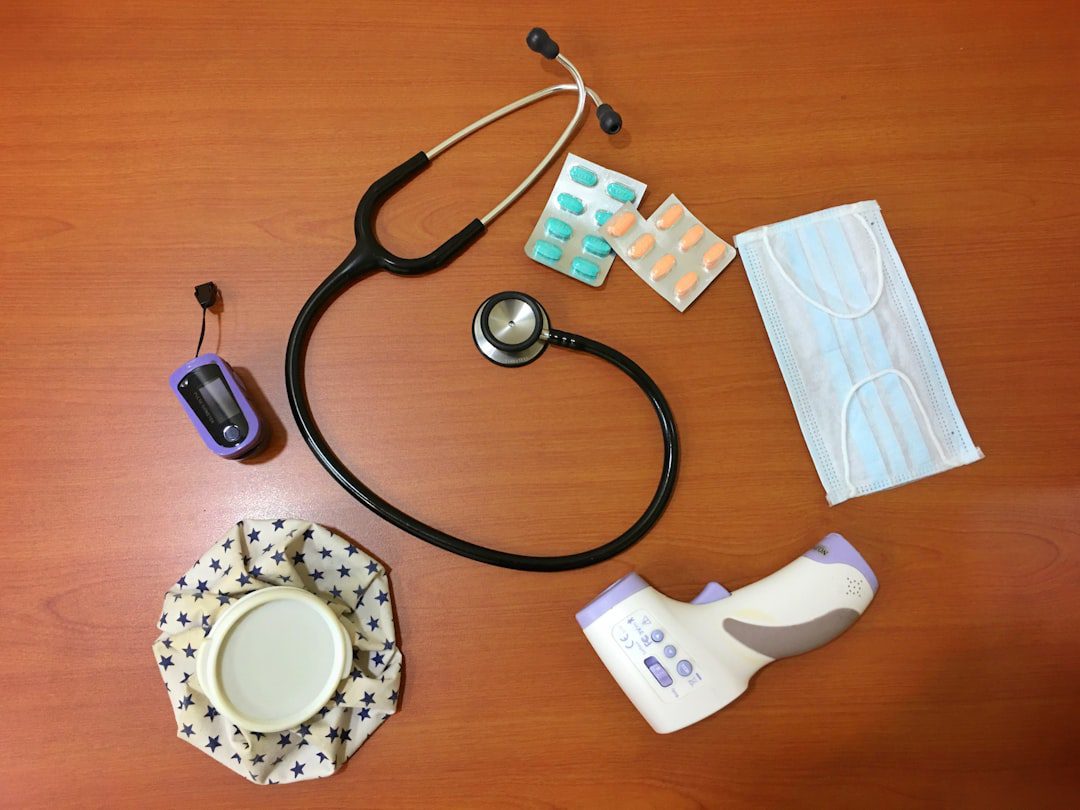
Understanding the Baxter Healthcare Solution Set Alert Update
The FDA has issued an updated alert regarding solution set issues from Baxter Healthcare Corporation, marking a significant development in the agency’s ongoing Communications Pilot to Enhance the Medical Device Recall Program. This update demonstrates the FDA’s evolving approach to recall communications and provides valuable insights for medical device manufacturers navigating post-market surveillance requirements.
What Happened: Breaking Down the Alert
This alert represents part of the FDA’s strategic initiative to improve how recall information is communicated to healthcare providers and the public. Solution sets, which are critical components in medical fluid delivery systems, present unique safety considerations due to their direct patient contact and potential for contamination or mechanical failure.
While specific details of the Baxter issue are contained within the FDA’s alert, the broader implications extend to all manufacturers of similar devices. The update mechanism itself signals the FDA’s commitment to providing real-time, actionable information rather than traditional static recall notices.
Why This Matters for Medical Device Manufacturers
Enhanced Recall Communication Standards
The Communications Pilot program represents a fundamental shift in how the FDA approaches recall notifications. Manufacturers should expect:
- More frequent updates throughout the recall process
- Enhanced transparency in recall communications
- Improved stakeholder engagement mechanisms
- Real-time information sharing capabilities
Post-Market Surveillance Implications
This development underscores the critical importance of robust post-market surveillance systems. Medical device manufacturers must ensure their quality management systems can support rapid response and communication capabilities that align with the FDA’s enhanced expectations.
Compliance Actions for Medical Device Manufacturers
Immediate Steps
- Review Communication Protocols: Evaluate your current recall communication procedures against the enhanced FDA model
- Assess Solution Set Products: If you manufacture similar fluid delivery components, conduct a thorough risk assessment
- Update Training Programs: Ensure your regulatory affairs team understands the new communication paradigm
Long-term Strategic Considerations
Quality Management System Enhancement: Strengthen your ISO 13485-compliant QMS to support rapid information gathering and dissemination during recall events.
Risk Management Integration: Incorporate lessons learned from this alert into your ISO 14971 risk management processes, particularly for devices with similar risk profiles.
Supplier Management: If you rely on solution sets or similar components from suppliers, ensure your vendor qualification processes address post-market surveillance capabilities.
Regulatory Context and Future Implications
The Communications Pilot program aligns with broader FDA initiatives to modernize medical device oversight. This includes the Medical Device Safety Action Plan and efforts to leverage real-world evidence for improved post-market surveillance.
Manufacturers should prepare for a regulatory environment where communication speed, accuracy, and transparency are increasingly scrutinized. The traditional approach of minimal disclosure during recall investigations is being replaced by a more open, collaborative model.
Best Practices for Staying Ahead
Proactive Monitoring: Implement systems to monitor FDA communications pilot outcomes and integrate findings into your compliance strategy.
Cross-functional Coordination: Ensure your regulatory affairs, quality assurance, and risk management teams are aligned on new communication expectations.
Documentation Excellence: Maintain comprehensive records that support both traditional recall requirements and the enhanced communication standards demonstrated in this pilot.
Conclusion
The Baxter Healthcare solution set alert update represents more than a single product issue—it’s a preview of the FDA’s evolving approach to medical device safety communication. Medical device manufacturers who adapt their compliance strategies to support enhanced transparency and rapid response capabilities will be better positioned to navigate future regulatory challenges while maintaining market access and protecting patient safety.
Stay informed about developments in the Communications Pilot program and ensure your organization’s post-market surveillance capabilities align with these emerging expectations.


No comments yet. Be the first to comment!